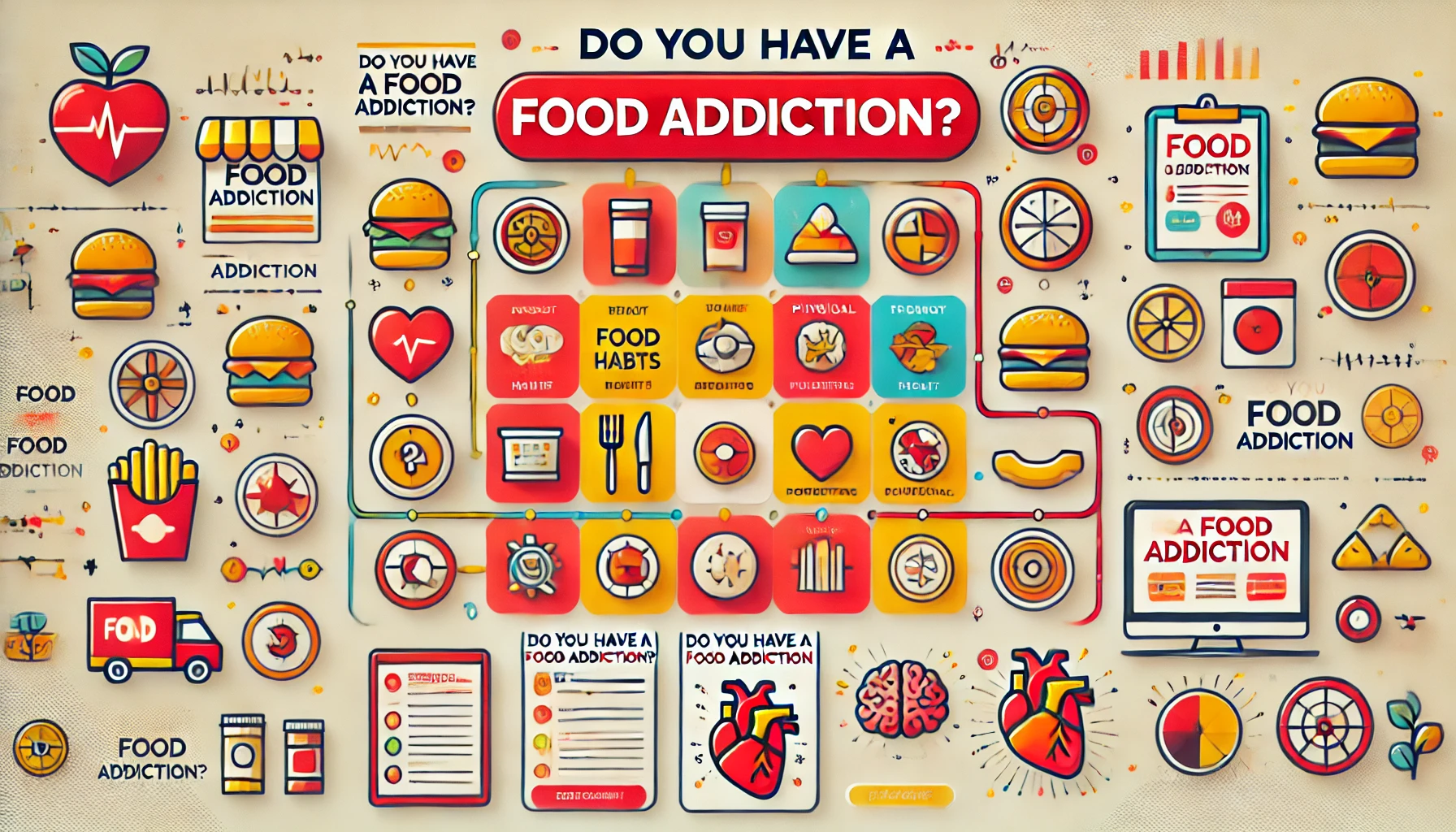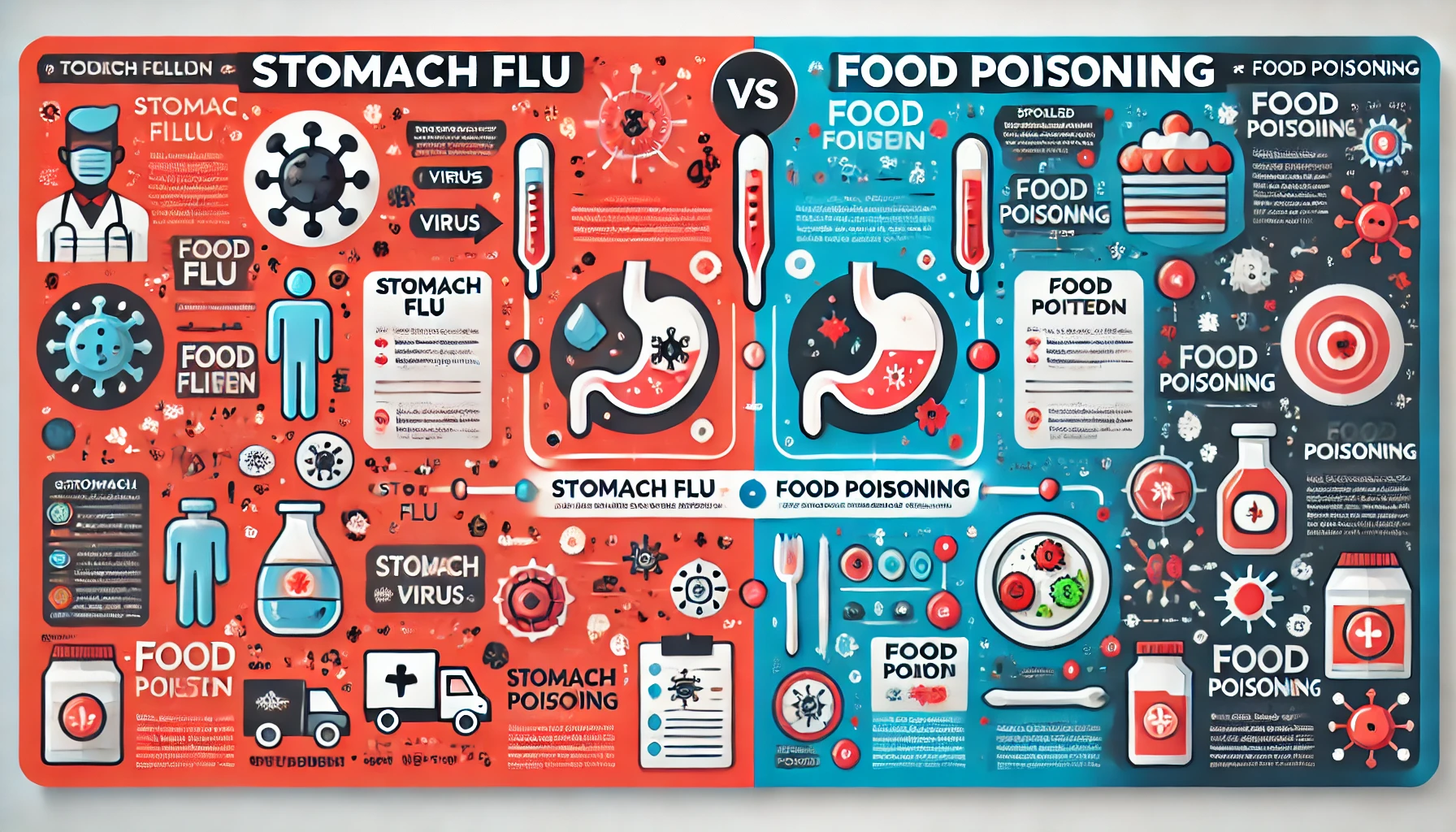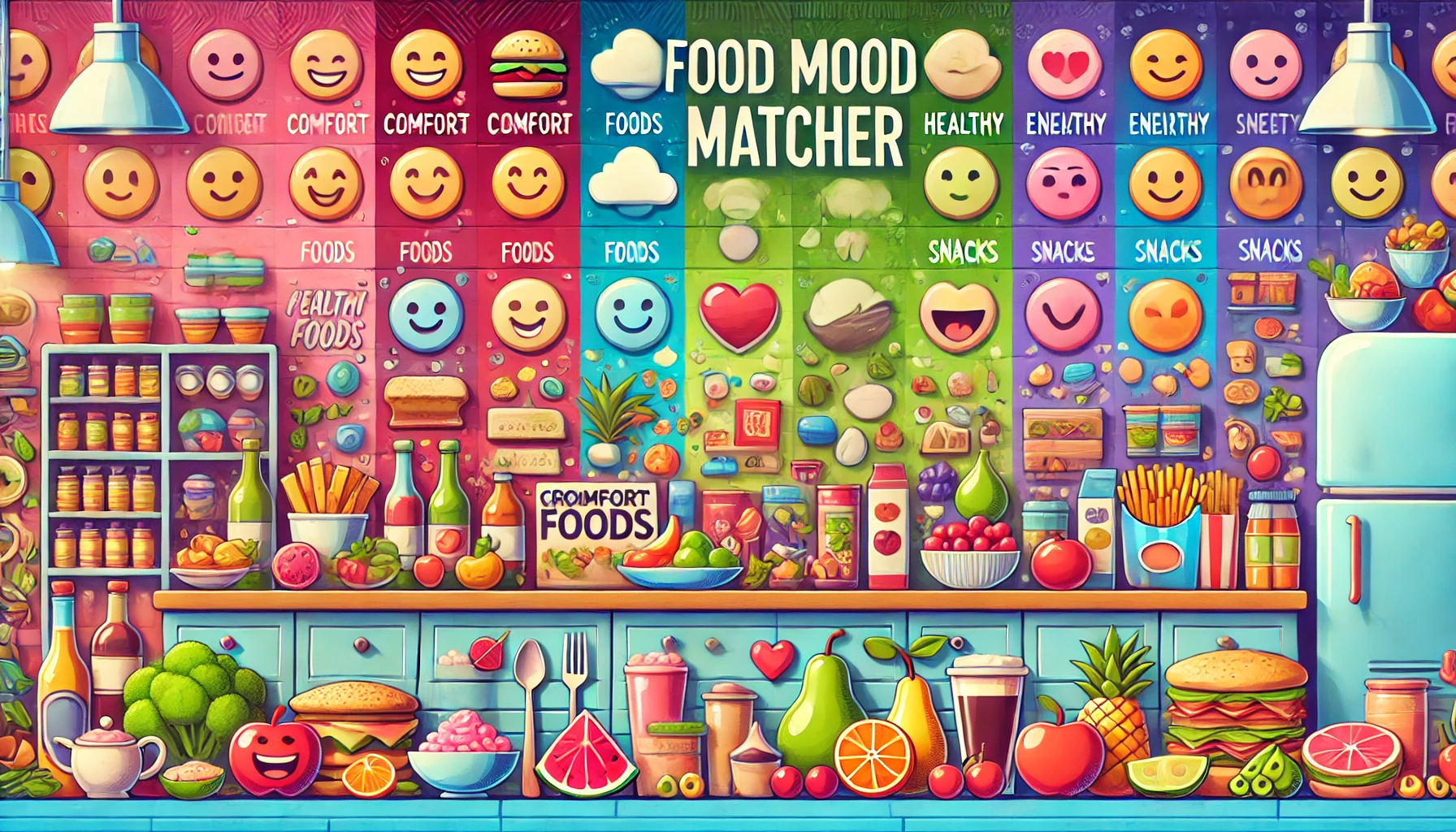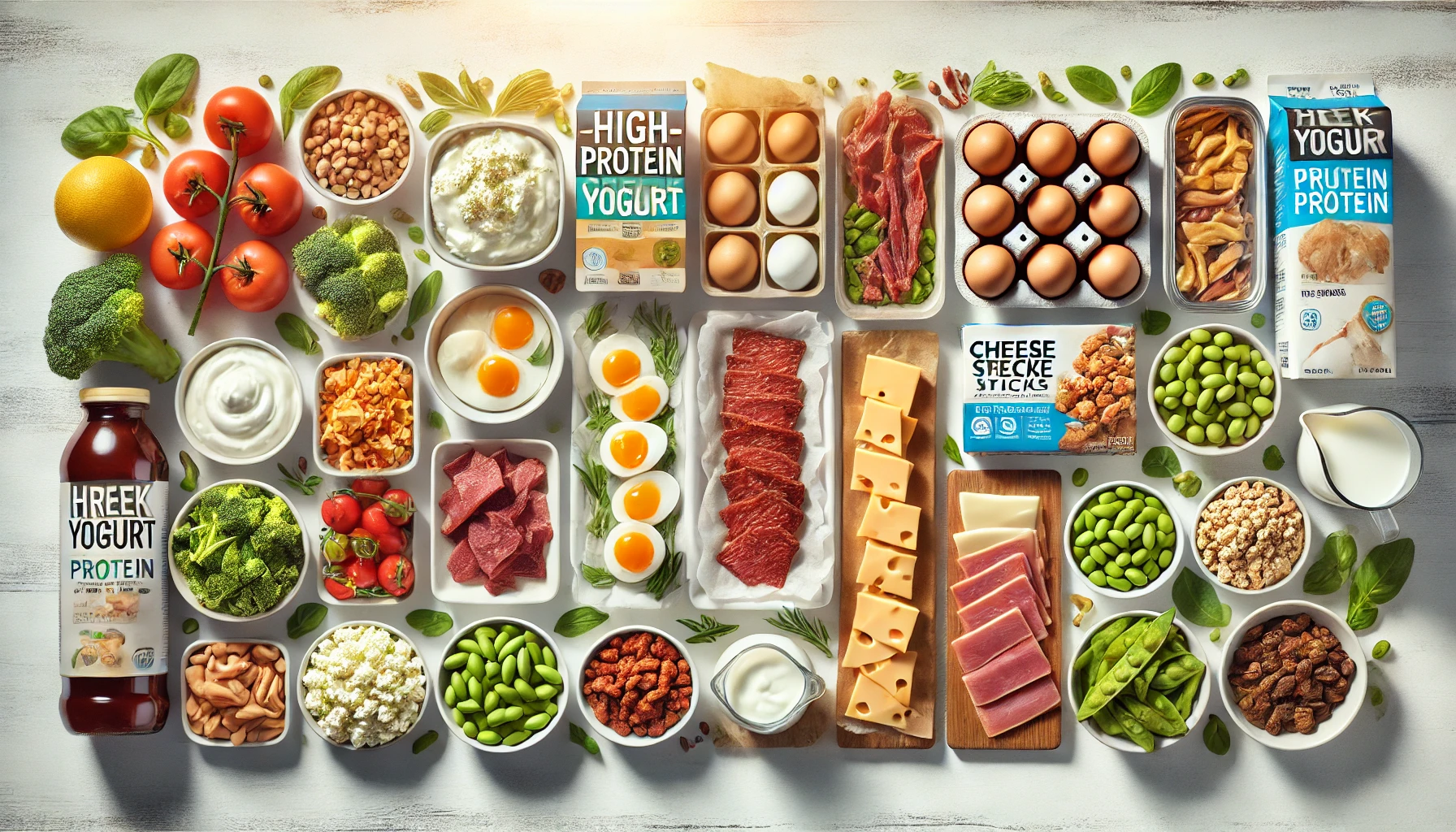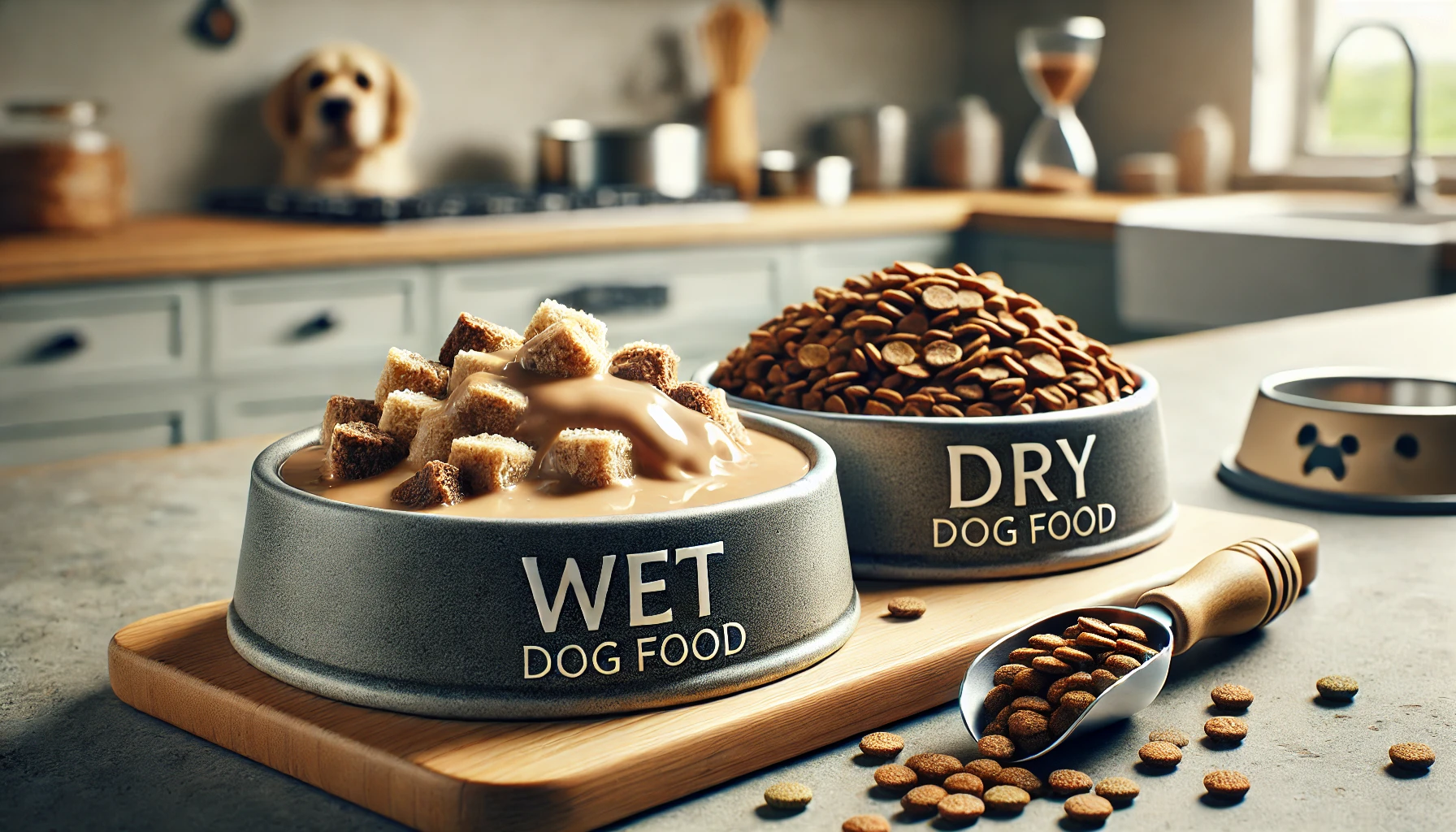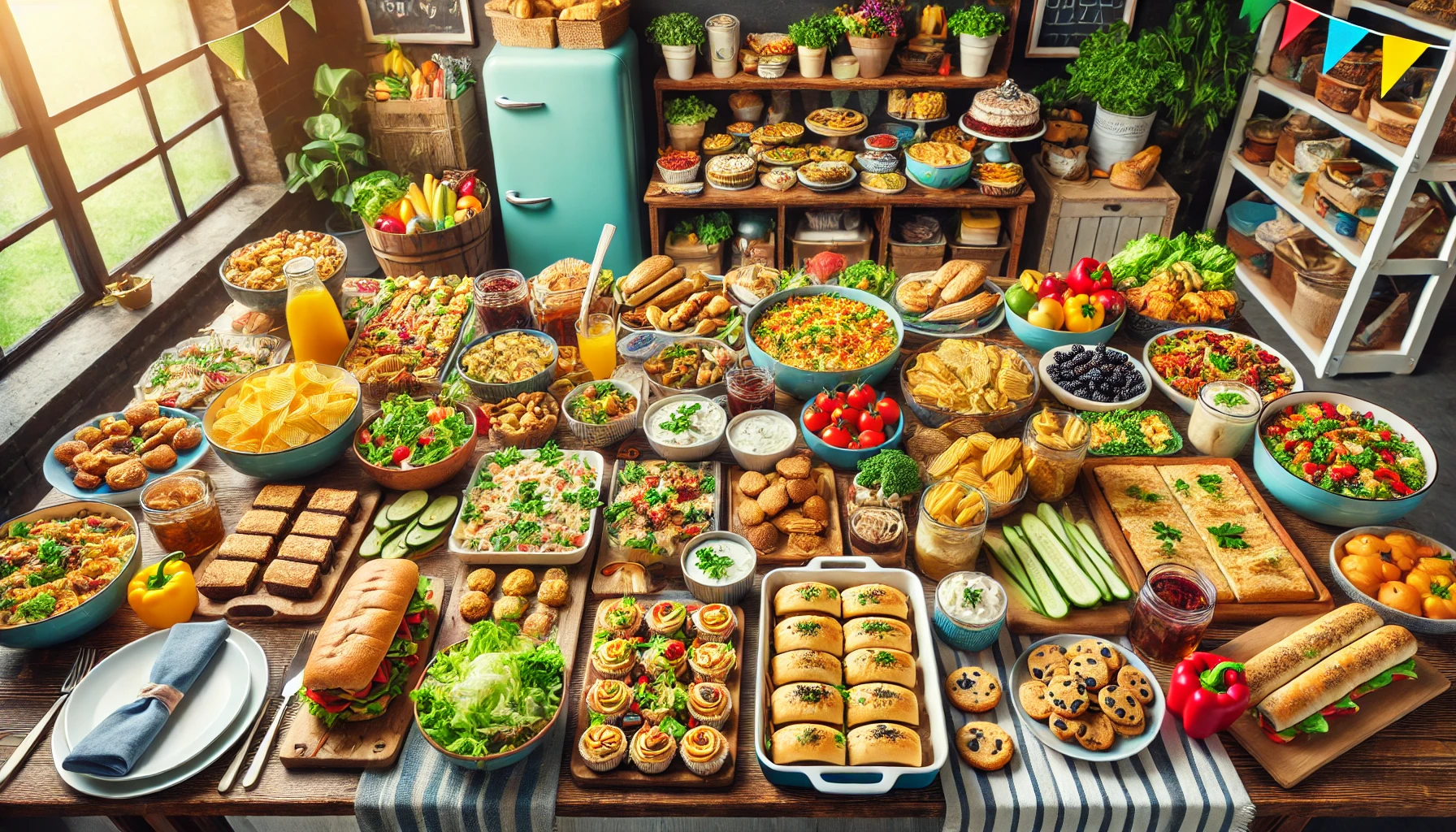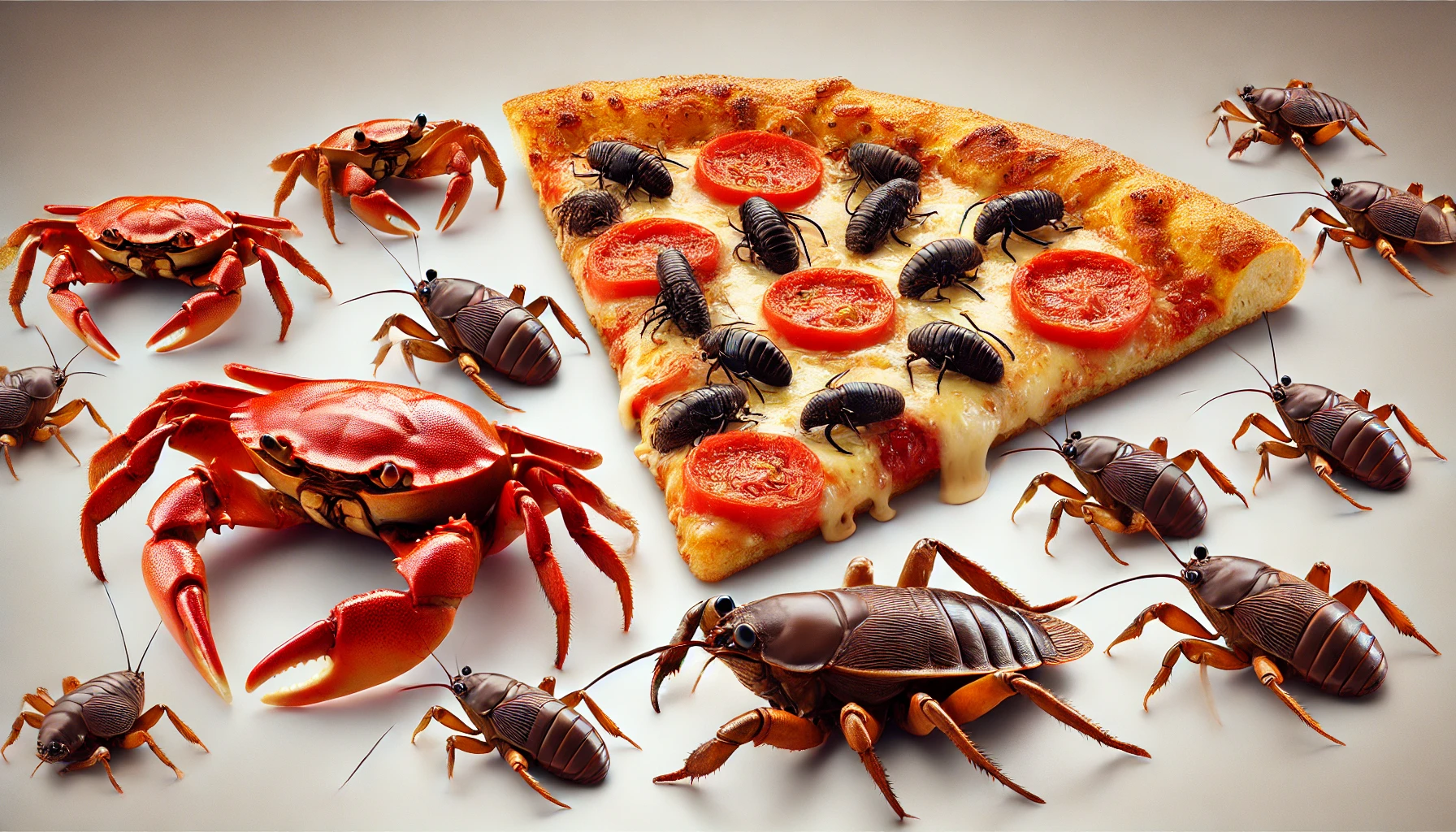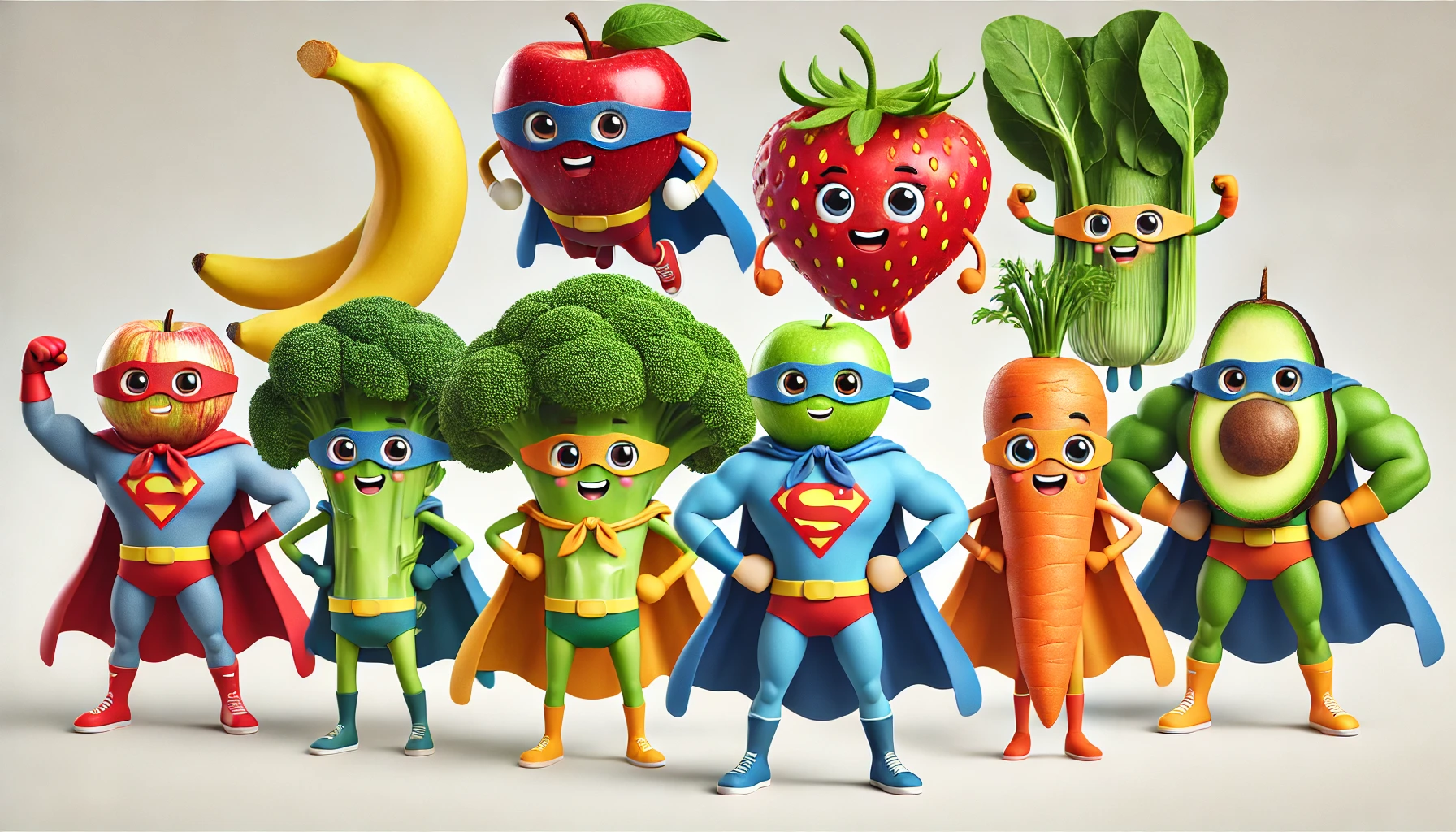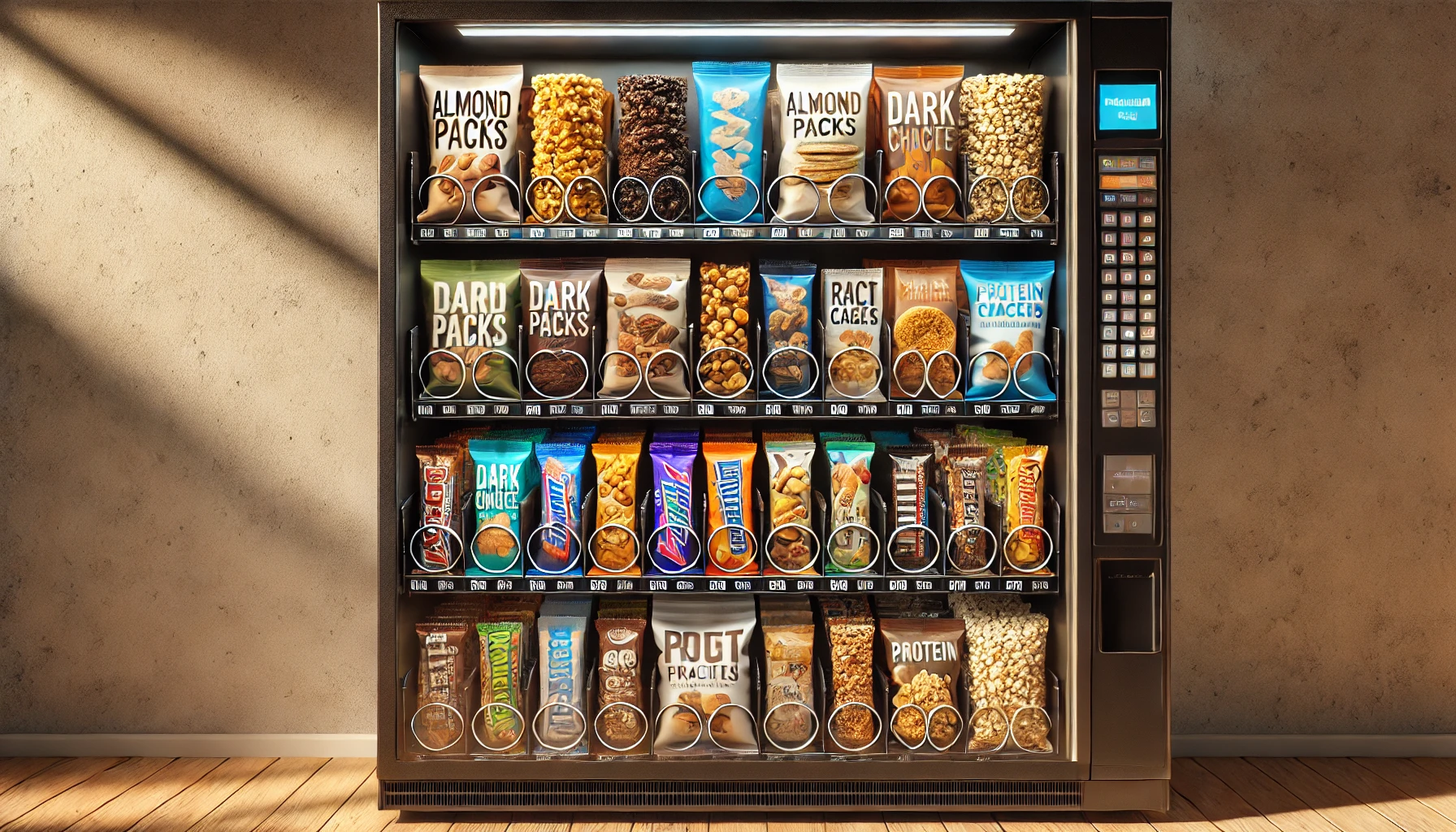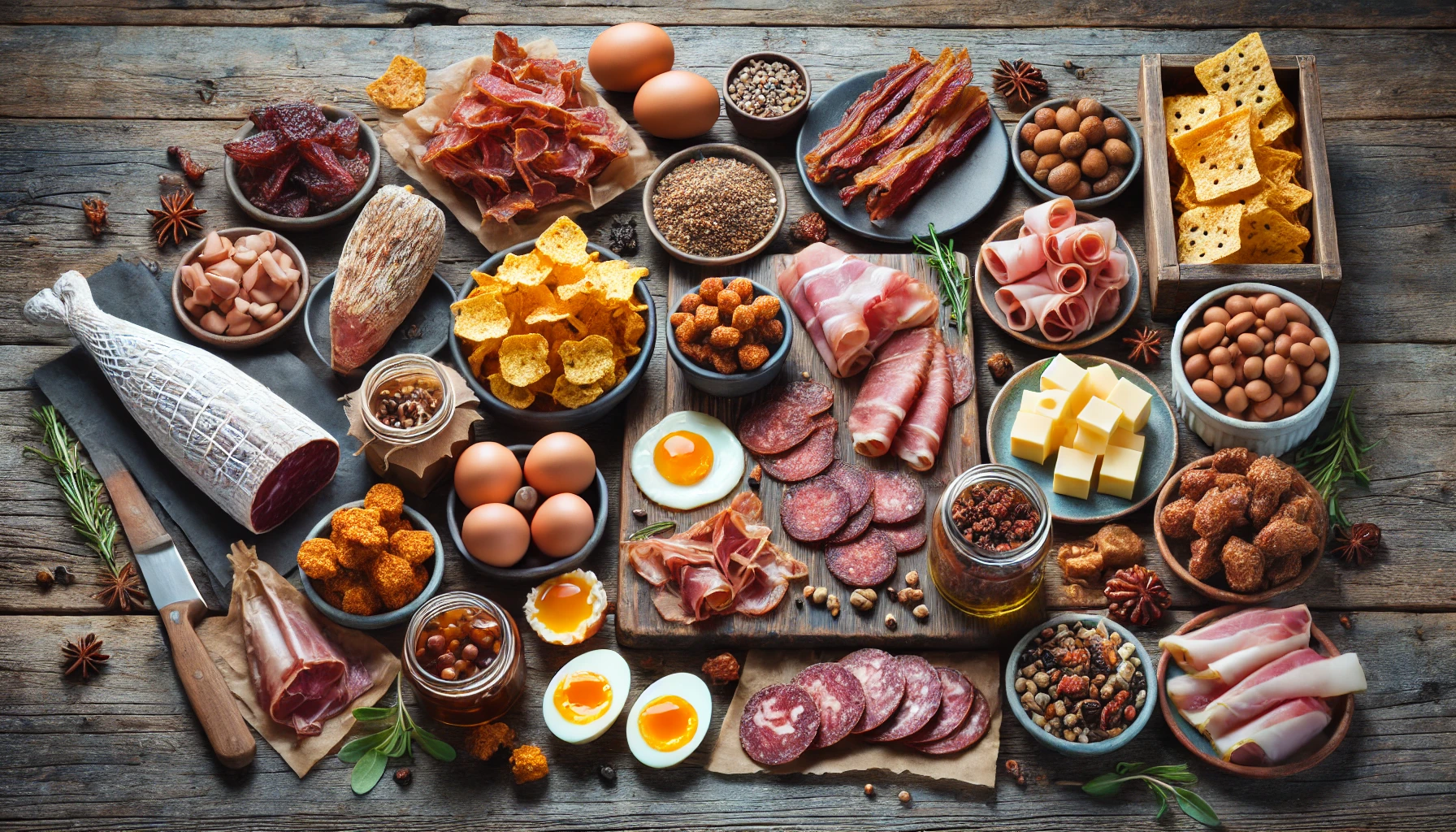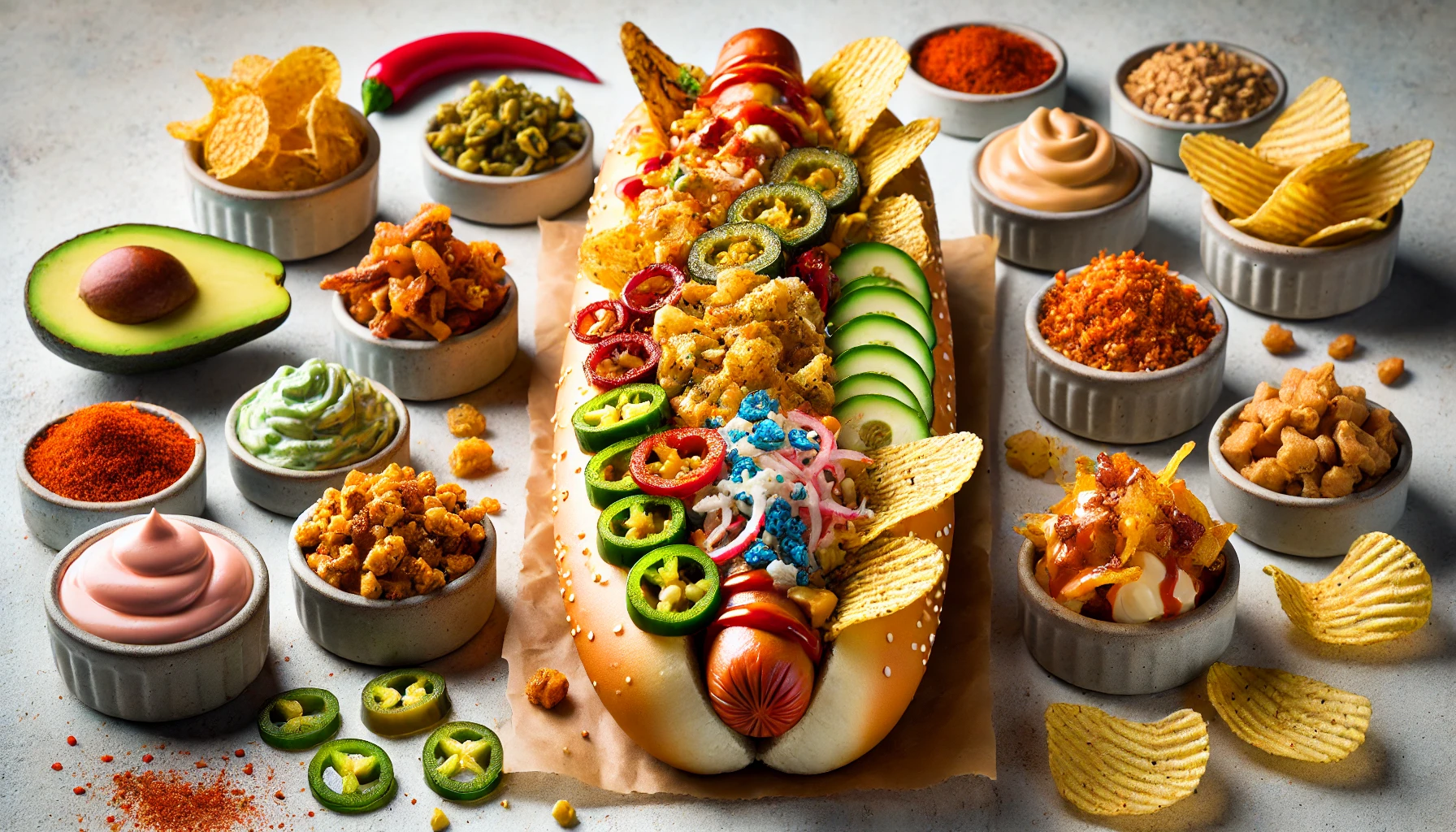Raw to Cooked Food Conversion Calculator

When you're getting serious about counting your calories, you may wonder do you weigh food raw or cooked for macros? Food is generally weighed and has its caloric value counted, in its raw state.
As such, your food may have fewer calories if you add seasoning or sauce. And it may weight more when cooked if you add a ton of sauce like I do. To help you accurately gauge the calories of your meat, fill out the form below, and my raw to cooked food calculator will handle the math for you.
Cooked Food Weight: -
Why does the weight of food change when cooked?
When cooking any meat, the fat, grease, and other substances trapped within the animal's flesh liquefy. This liquefaction process reduces the total weight of the meat, diminishing its size overall.
The more raw the food, the more size it retains. For example, a steak will be heavier if it's served medium versus well-done. Turkey is similar but to a much higher extent, given the obscene amount of water it tends to retain.
Can cooking meat reduce its calorie content?
Cooking meat can indeed affect its calorie content, primarily through fat reduction. As meat cooks, some of the fat and deliciousness melts.
The amount of calories reduced by cooking depends on the cooking method and the cut of meat. Grilling or roasting, for example, can reduce more fat than boiling.
Below is a chart that illustrates the estimated calorie reduction in different types of meat through common cooking methods. It's important to note that these values are approximate and can vary.
| Type of Meat | Cooking Method | Estimated Calorie Reduction |
|---|---|---|
| Chicken Breast | Grilling | 20-30 Calories (per 100g) |
| Beef Steak | Roasting | 40-50 Calories (per 100g) |
| Pork Chop | Grilling | 30-40 Calories (per 100g) |
| Ground Beef (80/20) | Pan-Frying | 50-60 Calories (per 100g) |
What foods can I safely eat raw?
Unlike dogs on a raw food diet, eating raw meat is dangerous for humans. Beyond being unappetizing, we risk exposure to salmonella poisoning and a host of other serious illnesses.
Here are a few sicknesses you can get from consuming raw or undercooked meat: Salmonella, E. coli, Listeria, and Trichinosis. These illnesses can cause severe health issues, including gastrointestinal distress, fever, and even life-threatening conditions.
Eating uncooked or undercooked food not only poses a risk of infection but also can lead to long-term health complications. It's crucial to cook food to its recommended internal temperature to ensure it's safe for consumption.
- Salmonella: Often found in poultry and eggs, leading to fever, diarrhea, and abdominal cramps.
- E. coli: Present in beef and can cause severe stomach cramps, diarrhea, and vomiting.
- Listeria: Can contaminate a variety of foods, including processed meats, leading to flu-like symptoms and complications in pregnancy.
- Trichinosis: Caused by consuming undercooked pork infected with trichinella spiralis larvae, leading to muscle pain, fever, and swelling.
What foods can I safely eat undercooked?
Some foods are safe to eat undercooked due to their low risk of harboring harmful bacteria or their ability to be digested more easily in a less-cooked form. Just be careful of where you purchase these foods from. I'd steer clear of buying sushi, for example, from an old, dirty gas station.
Foods like sushi-grade fish, certain dairy products, and eggs (depending on local guidelines and personal health conditions) are generally ok to eat undercooked. Here is a list of foods safe to eat raw.
- Sushi-grade fish: Carefully selected and handled to ensure safety for raw consumption.
- Steak tartare: Made from high-quality beef, usually served with raw egg yolk.
- Soft-cooked eggs: While the risk varies by region, many places consider eggs safe to consume when soft-cooked.
- Certain cheeses: Soft, unpasteurized cheeses can be consumed safely, depending on your location's health regulations and your own vulnerability to foodborne illnesses.
Always be aware of any potential risks associated with consuming undercooked foods, especially if you have a compromised immune system, are pregnant, or are feeding young children or the elderly.
Does meat lose protein when cooked?
While meat does lose fat and water during cooking, the loss of protein is minimal. The cooking process can denature the proteins, making them easier to digest without significantly reducing the protein content.
However, extremely high temperatures or overcooking can slightly decrease certain amino acids, the building blocks of proteins. Overall, the protein content remains largely intact and available for your body to use.
So there is no inherent significant advantage to eating undercooked meat over fully cooked meat.
How do I know when my meat is fully cooked?
Using a food thermometer is the most accurate way to tell if your food is full cooked. Measuring the internal temperature of the flesh you're roasting is the best way to prevent consuming undercooked or raw food.
However, if you don't have access to a thermometer, you can rely on touch and eyesight alone. In general, chicken, turkey, beef, and pork no longer retain their pink color when fully cooked.
Here is a chart that shows you what color meat looks like when it's fully cooked and ready to eat. Each row also includes the proper internal temperature at which the meat should be cooked.
| Type of Meat | Internal Temperature | Color |
|---|---|---|
| Chicken & Turkey | 165°F (74°C) | White |
| Beef (Medium Rare) | 145°F (63°C) | Light Pink |
| Beef (Well Done) | 160°F (71°C) | Grey-Brown |
| Pork | 145°F (63°C) | Light Pink |
| Ground Meat (Burgers, Meatballs, Sausages) | 160°F (71°C) | Grey-Brown |
Conclusion: Cook it thoroughly to avoid a hospital bill
For my fitness-centric readers, counting calories and hitting your macros are ways of life. Be sure to share and bookmark my conversion calculator so you aren't forced to do the math in your head.
If you cook in your air fryer a lot, check out my Air Fryer Cook Time Calculator to get the perfect fry time for your food. Its the best tool to avoid turning your meat into jerkey or to prevent serving a bloody mess to your family at dinner tonight.

Posted by: Matt Irving on 03/26/2024
Subscribe to my blog!

